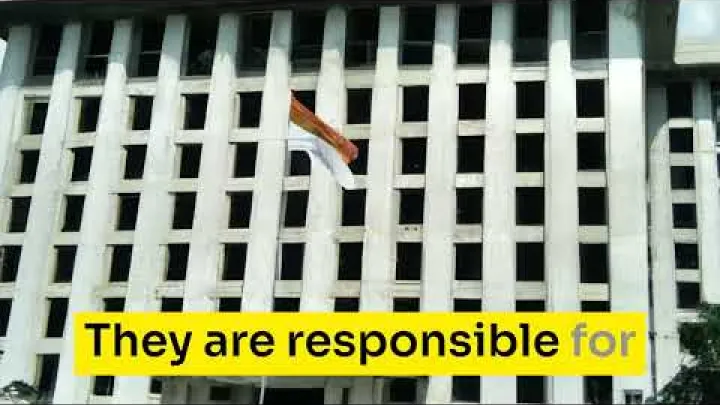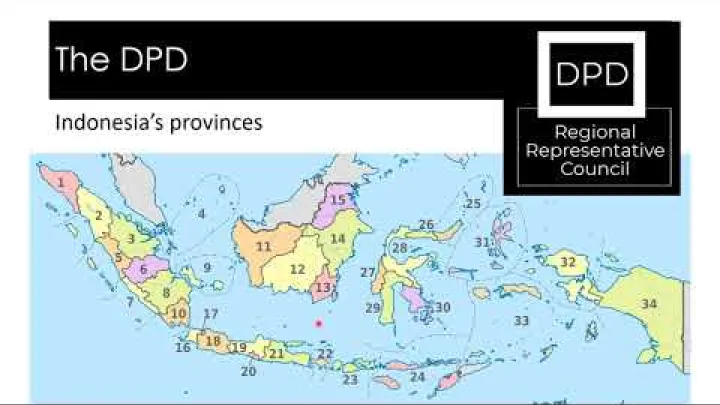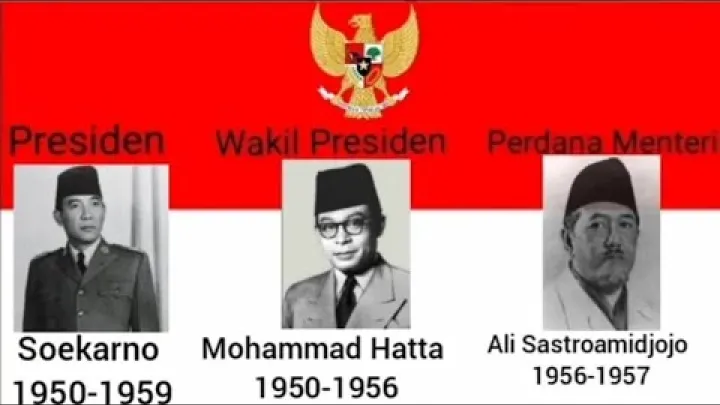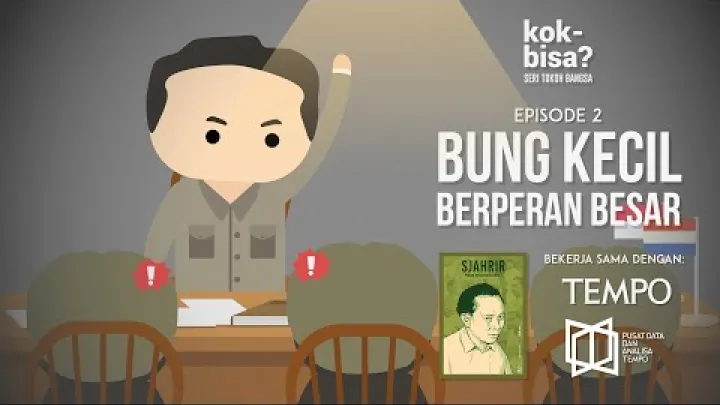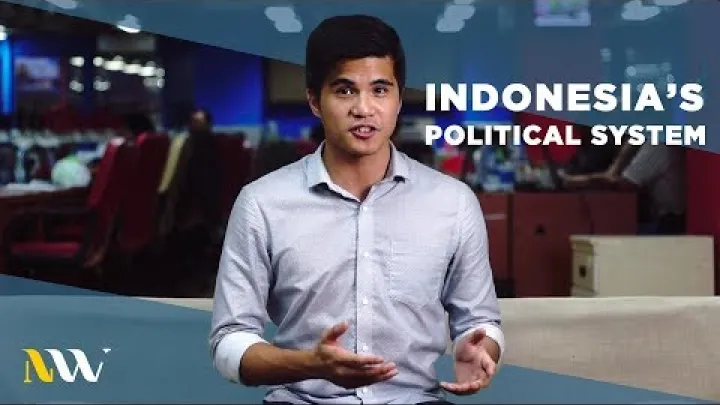Indonesia Prime Minister: History, List, and Current Government Explained
Many people around the world wonder about the Indonesia prime minister and whether this position still exists today. In this article, you will find a clear answer to that question, along with a detailed look at the history of Indonesia’s prime ministers, their roles, and how the country’s government operates now. We will explore the origins of the prime minister’s office, provide a complete list of those who served, and explain why the position was eventually abolished. By the end, you will understand the evolution of Indonesia’s political system and the key differences between past and present leadership structures.
Does Indonesia Have a Prime Minister Today?
Quick Answer: Indonesia does not have a prime minister today. The head of government and head of state is the president of Indonesia.
- Current Head of Government: President (not prime minister)
- Common Misconception: Some people mistakenly believe Indonesia still has a prime minister, but this position was abolished in 1959.
As of 2024, Indonesia operates under a presidential system, and the president holds both executive and ceremonial powers. There is no current Indonesia prime minister, and all executive authority is vested in the president, who is elected by the people. This is a key difference from parliamentary systems, where the prime minister is the head of government. In Indonesia, the president fulfills both roles, making the position of prime minister obsolete in the modern era.
For those searching for the Indonesia prime minister name or wondering about the Indonesia prime minister in 2024, it is important to note that the office no longer exists. The last person to serve as prime minister did so over six decades ago, and since then, the president has been the sole leader of the executive branch.
History of the Prime Minister in Indonesia (1945–1959)
Understanding the history of the prime minister in Indonesia requires looking back to the country’s early years of independence. After declaring independence from Dutch colonial rule in 1945, Indonesia established a provisional government to manage the transition to self-rule. During this formative period, the office of the prime minister was created to help lead the new nation and manage day-to-day governance.
From 1945 to 1959, Indonesia’s government was based on a parliamentary system. The president served as the head of state, while the prime minister acted as the head of government, responsible for running the cabinet and implementing policies. This structure was influenced by both Dutch and international models, aiming to balance power and ensure effective administration during a time of political uncertainty and national rebuilding.
The role of the prime minister was especially important during the early years of independence, as Indonesia faced internal challenges, regional uprisings, and the need to unify a diverse archipelago. The prime minister worked closely with the president and parliament to address these issues, pass new laws, and guide the country through its first years as a sovereign nation. Over time, however, political instability and frequent changes in government led to debates about the effectiveness of the parliamentary system, eventually resulting in a major constitutional shift in 1959.
The Role and Powers of the Prime Minister
During the period when Indonesia had a prime minister, the office held significant responsibilities. The prime minister was the head of government, leading the cabinet and overseeing the daily operations of the executive branch. This included proposing legislation, managing government ministries, and representing Indonesia in diplomatic matters alongside the president.
However, the prime minister’s powers were not absolute. Authority was shared with the president, who remained the head of state and held the power to appoint or dismiss the prime minister. The prime minister was accountable to the parliament (Dewan Perwakilan Rakyat), which could withdraw its support and force the resignation of the cabinet. This system was similar to other parliamentary democracies, where the prime minister’s authority depended on maintaining the confidence of the legislature.
For example, under Prime Minister Sutan Sjahrir, the government introduced key reforms such as the recognition of political parties and the establishment of a multi-party system. However, the frequent changes in cabinet and political alliances often led to instability. The president, especially under Sukarno, sometimes intervened in government affairs, highlighting the ongoing tension between the two offices. Notable laws passed during this era included early land reform measures and the creation of foundational institutions for the new republic.
List of Indonesia’s Prime Ministers
Between 1945 and 1959, Indonesia had several individuals serve as prime minister, some for only a few months due to political instability. Below is a chronological table of all Indonesia’s prime ministers, including their terms and notable facts:
| Name | Term of Office | Notable Facts |
|---|---|---|
| Sutan Sjahrir | November 1945 – June 1947 | First prime minister; led during the early independence period |
| Amir Sjarifuddin | July 1947 – January 1948 | Oversaw government during Dutch military aggression |
| Mohammad Hatta | January 1948 – December 1949 | Key figure in independence; later became vice president |
| Abdul Halim | January 1950 – September 1950 | Led during the transition to the United States of Indonesia |
| Mohammad Natsir | September 1950 – April 1951 | Promoted national unity; faced regional rebellions |
| Sukiman Wirjosandjojo | April 1951 – April 1952 | Focused on internal security and anti-communist policies |
| Wilopo | April 1952 – June 1953 | Faced military and political challenges |
| Ali Sastroamidjojo | July 1953 – August 1955; March 1956 – March 1957 | Served two terms; hosted the Bandung Conference |
| Burhanuddin Harahap | August 1955 – March 1956 | Oversaw the first general elections |
| Djuanda Kartawidjaja | April 1957 – July 1959 | Last prime minister; introduced the Djuanda Declaration |
Highlights: Sutan Sjahrir was Indonesia’s first prime minister, while Djuanda Kartawidjaja was the last to hold the office before it was abolished. Significant events during their terms included the struggle for independence, the first national elections, and the Bandung Conference, which positioned Indonesia as a leader in the Non-Aligned Movement.
Notable Prime Ministers and Their Contributions
Several Indonesia prime ministers left a lasting mark on the nation’s history. Their leadership during times of crisis and reform helped shape the country’s political landscape. Here are two key examples:
Sutan Sjahrir was Indonesia’s first prime minister and a prominent intellectual. He played a crucial role in negotiating with the Dutch during the early years of independence and was instrumental in establishing Indonesia’s first parliamentary cabinet. Sjahrir’s government promoted democratic values, freedom of expression, and the formation of political parties, laying the groundwork for Indonesia’s multi-party system. Despite facing opposition from more radical factions, his commitment to diplomacy and moderation helped stabilize the young nation.
This event elevated Indonesia’s status on the world stage and contributed to the founding of the Non-Aligned Movement. Ali’s leadership also saw the implementation of important social and economic reforms, although his government faced challenges from both the military and political rivals.
Other notable prime ministers include Mohammad Hatta, who was a key architect of independence and later became vice president, and Djuanda Kartawidjaja, whose Djuanda Declaration established Indonesia’s territorial waters and remains a cornerstone of national sovereignty. These leaders, through their achievements and controversies, helped define Indonesia’s early years as an independent nation.
Why Was the Prime Minister Position Abolished?
The abolition of the prime minister position in Indonesia was the result of significant political and constitutional changes in the late 1950s. By 1959, the parliamentary system had led to frequent changes in government, political instability, and difficulties in passing effective legislation. President Sukarno, concerned about the country’s direction and the inability of successive cabinets to maintain stability, decided to take decisive action.
On July 5, 1959, President Sukarno issued a decree that dissolved the existing parliament and reinstated the 1945 Constitution, which did not provide for a prime minister. This move marked the end of the parliamentary system and the beginning of what became known as “Guided Democracy.” Under the new system, all executive power was concentrated in the hands of the president, who became both head of state and head of government.
The transition to a presidential system was not without controversy. Some political groups and regional leaders opposed the concentration of power, fearing it would undermine democracy and lead to authoritarianism. However, supporters argued that a strong presidency was necessary to maintain national unity and address the challenges facing Indonesia at the time. The abolition of the prime minister’s office was a turning point in Indonesia’s political history, shaping the structure of government that remains in place today.
How Does Indonesia’s Government Work Now?
Today, Indonesia operates under a presidential system, where the president serves as both the head of state and the head of government. This structure is defined by the 1945 Constitution, which was reinstated in 1959 and has since been amended to strengthen democratic institutions and clarify the separation of powers.
The president is elected directly by the people for a five-year term and can serve a maximum of two terms. The president appoints a cabinet of ministers to oversee various government departments, but these ministers are responsible to the president, not to the parliament. The vice president assists the president and may take over in the event of incapacity or resignation.
Indonesia’s legislative branch consists of the People’s Consultative Assembly (MPR), which includes the Regional Representative Council (DPD) and the People’s Representative Council (DPR). The judiciary is independent, with the Supreme Court and Constitutional Court serving as the highest legal authorities.
- Old System (1945–1959): Parliamentary democracy with a prime minister as head of government and president as head of state.
- Current System (Since 1959): Presidential system with the president holding both executive and ceremonial powers.
Quick Facts:
- Indonesia does not have a prime minister.
- The president is the chief executive and commander-in-chief.
- The cabinet is appointed by the president and is not subject to parliamentary confidence votes.
- Major decisions are made by the president, with input from ministers and advisors.
This system has provided greater stability and clearer lines of authority, allowing Indonesia to develop its democracy and manage its diverse society more effectively.
Frequently Asked Questions
Who is the prime minister of Indonesia?
Indonesia does not have a prime minister. The country is led by a president, who serves as both head of state and head of government.
Does Indonesia have a prime minister in 2024?
No, Indonesia does not have a prime minister in 2024. The position was abolished in 1959, and the president is the sole executive leader.
Who was the first prime minister of Indonesia?
Sutan Sjahrir was the first prime minister of Indonesia, serving from November 1945 to June 1947 during the early years of independence.
What is the current government system in Indonesia?
Indonesia uses a presidential system, where the president is both head of state and head of government, supported by a cabinet of ministers.
Why was the prime minister position abolished in Indonesia?
The prime minister position was abolished in 1959 due to political instability and a shift to a presidential system, concentrating executive power in the president.
Who was the last prime minister of Indonesia?
Djuanda Kartawidjaja was the last prime minister of Indonesia, serving from 1957 to 1959 before the office was abolished.
How is the president of Indonesia elected?
The president of Indonesia is elected directly by the people for a five-year term and can serve a maximum of two terms.
What are the main differences between the old and current government systems in Indonesia?
The old system had a parliamentary democracy with a prime minister, while the current system is presidential, with the president holding all executive powers.
Is there a list of all Indonesia’s prime ministers?
Yes, Indonesia had several prime ministers between 1945 and 1959, including Sutan Sjahrir, Mohammad Hatta, Ali Sastroamidjojo, and Djuanda Kartawidjaja.
Conclusion
The history of the Indonesia prime minister reflects the country’s journey from colonial rule to independence and modern democracy. While Indonesia once had a prime minister as head of government, this position was abolished in 1959 in favor of a presidential system. Today, the president leads the nation, supported by a cabinet and democratic institutions. Understanding this evolution helps clarify why there is no Indonesia prime minister today and highlights the unique path Indonesia has taken in shaping its government. For those interested in political history or current affairs, Indonesia’s experience offers valuable insights into the challenges and opportunities of building a stable, unified nation. Explore further to discover more about Indonesia’s rich political heritage and its ongoing development as a vibrant democracy.
Your Nearby Location
Your Favorite
Post content
All posting is Free of charge and registration is Not required.

